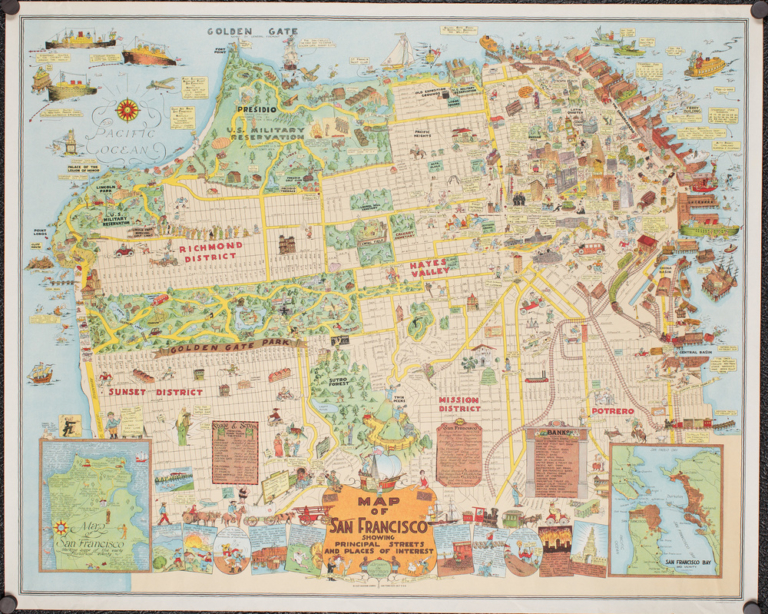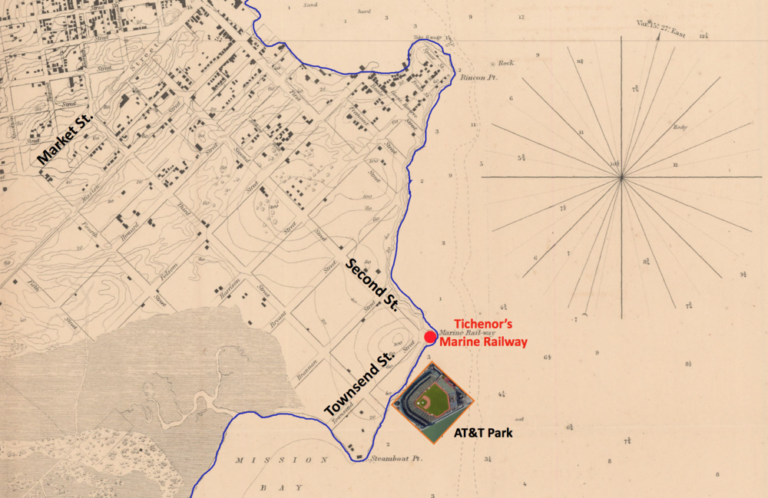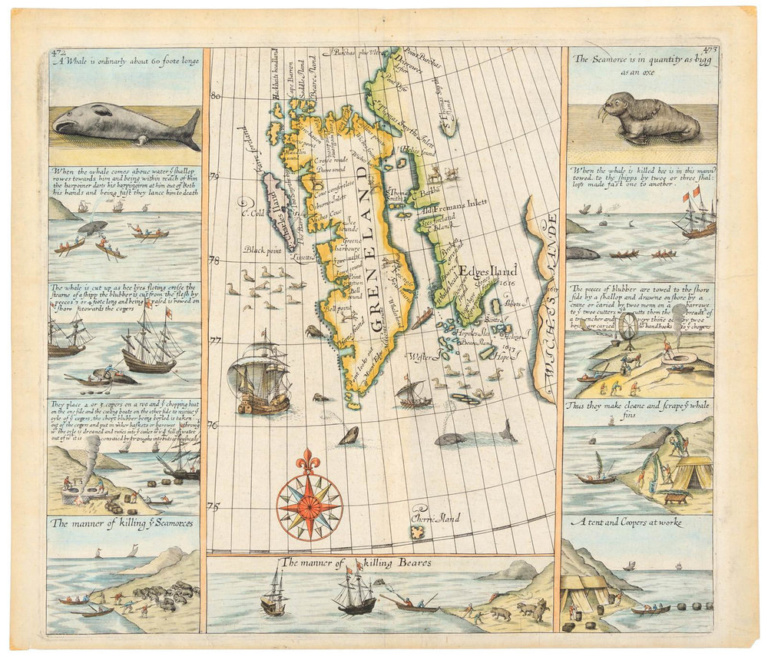The earliest explorers were financially motivated; Columbus, Drake, Hudson (among many others) were looking for wealth, whether through trade or plunder. But as the world became better known, journeys of exploration took an increasing focus on scientific discovery. Captain Cook’s voyages were commissioned for scientific exploration (though Cook’s imperial claims for the British Empire were not trivial). While the most famous voyage of scientific discovery is perhaps Darwin’s journey on the HMS Beagle (1831-6 CE), it is possible that the scientific voyage of Alexander von Humboldt was of greater scientific value. Darwin’s voyage is made special because of how Darwin interpreted his observations as an empirical foundation for his theory of evolution (it is worth remembering that the basic idea of evolution predated Darwin). But von Humboldt assembled vast amounts of data—he collected plants and geological samples, observed and recorded (in drawings) plants and animals and places, took magnetic readings, explored and mapped territories never before mapped by Europeans.
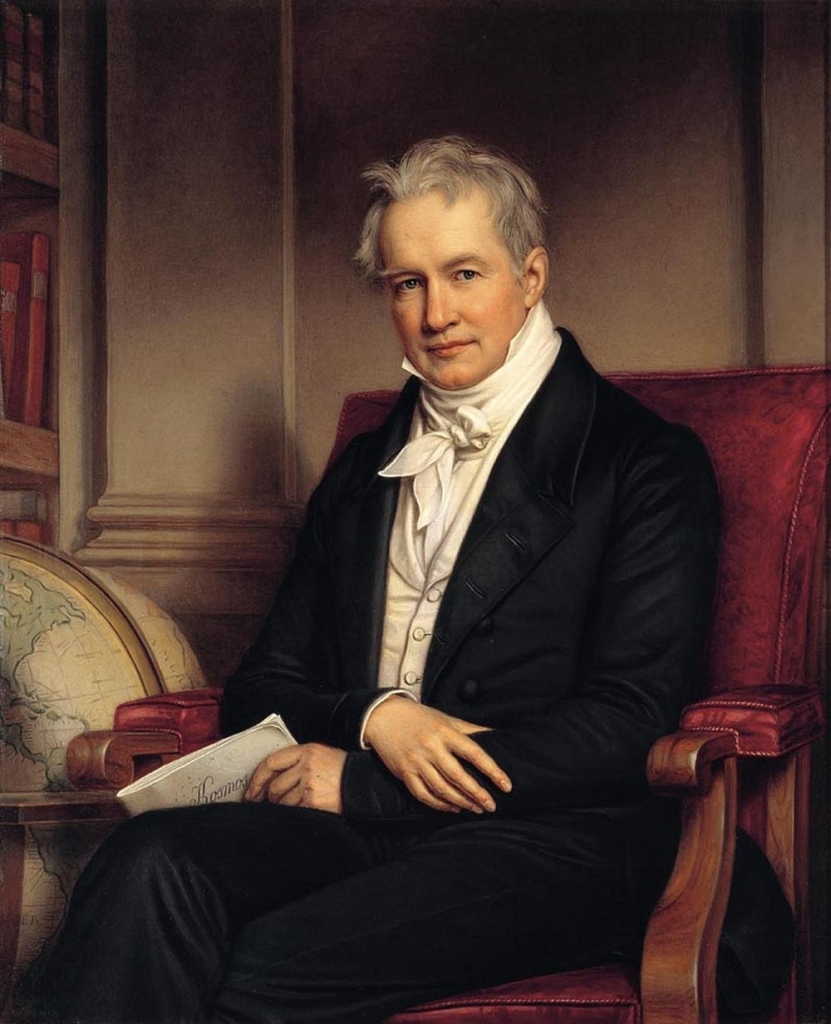
Von Humboldt believed that there was a grand unifying theory that could be discovered through observation—his Cosmos. In 1799, possessing independent wealth, he wanted to explore in pursuit of this theory. He signed up for an expedition planning to circumnavigate the world, but it was canceled. Then he tried to go to Egypt, but resistance to Napoleon’s invasion of Egypt and North Africa meant that French authorities would not allow travel to there. In search of a route to Egypt, von Humboldt found himself in Spain, where he saw an opportunity to travel to the Spanish colonies in the New World. King Charles IV, whose father had commissioned a number of scientific expeditions to South America, commissioned von Humboldt to cross the Atlantic. So it was that in 1799, von Humboldt, along with botanist and physician Aimé Bonpland, set out on an expedition that is still revered among scientists.
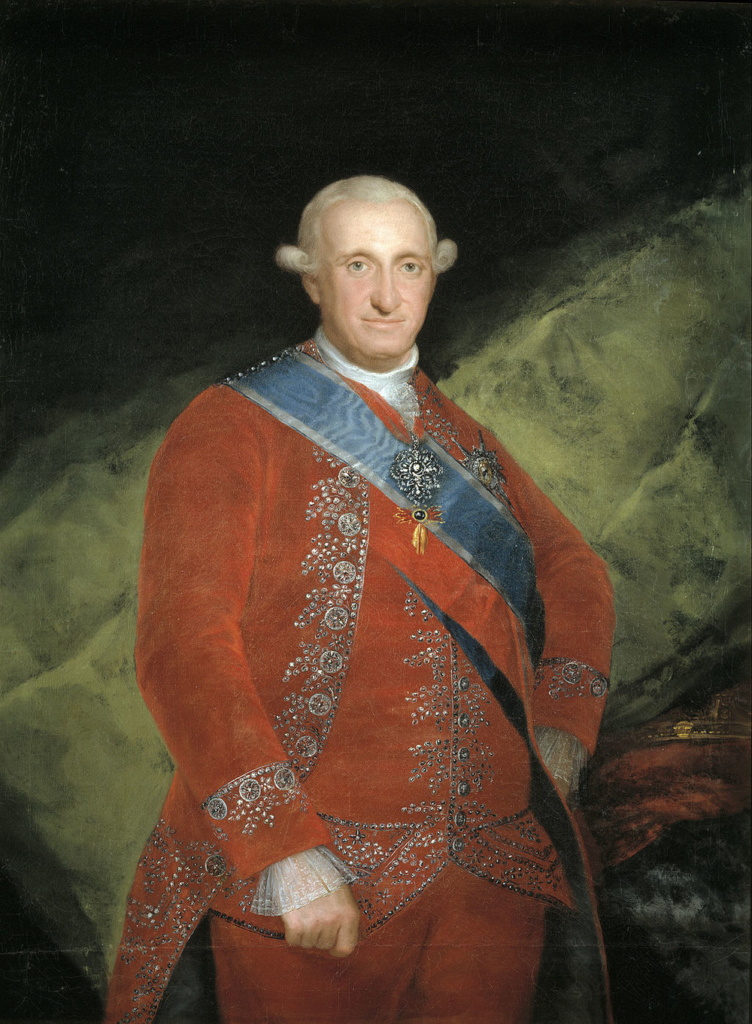
It is said that Humboldt’s five years (1799-1804) in South and Central America doubled the number of botanical species known to European science. His impact on the world can be seen in the many places that bear his name—including the Humboldt Current off the west coast of South America, the Humboldt River and Bay in California, and mountains or mountain ranges in North and South America, New Zealand, and Antarctica.
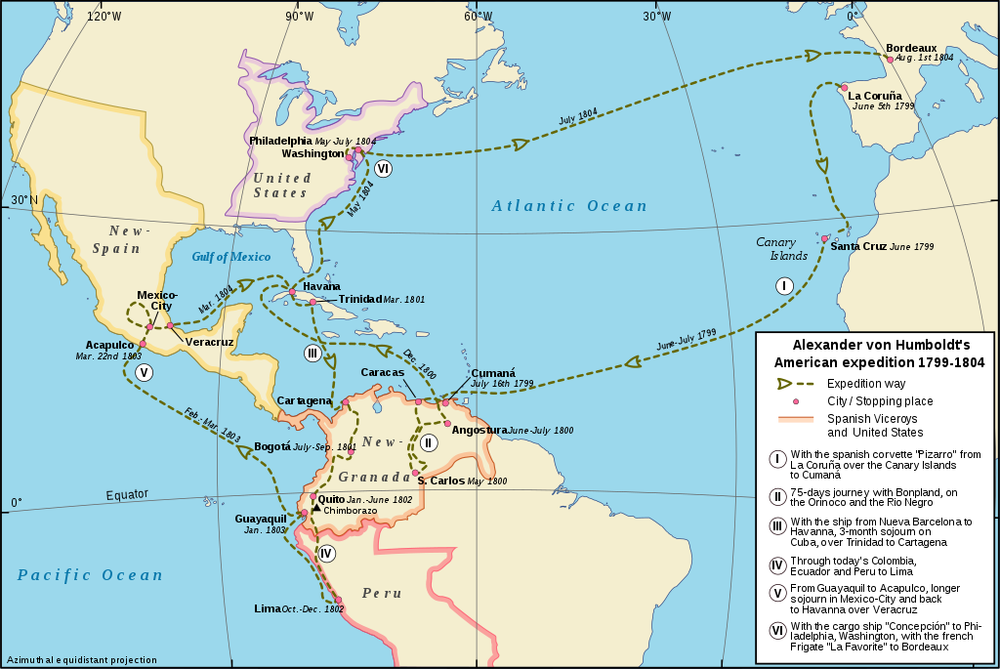
The Casiquiare River
Rivers often split, at deltas (Manhattan is an island in the Hudson estuary system, which includes the Harlem River), and around river islands — such as Montreal in the St. Lawrence. But sometimes a river will split and the courses will follow widely divergent paths: in Wyoming, USA, Two Ocean Creek splits into one branch that flows to the Pacific and one that flows to the Atlantic (via the Gulf of Mexico).
The largest of these river splits lies deep in the South American jungle, in the Venezuelan state of Amazonas, where, about 9 miles (14 km) downstream of La Esmeralda, site of an old mission, and now a local county seat, the Orinoco River splits, sending off a major distributary—the Casiquiare—which flows south 211 miles (340 km) to join the Rio Negro. The main flow of the Orinoco makes its way west before turning north and then east to its eventual outflow on the northeast coast of South America. The Casiquiare joins the Rio Negro which flows south, forming the border between Colombia and Venezuela for a bit, before flowing into Brazil and ultimately joining the Amazon which flows into the Atlantic about 1000 miles (1600 km) southeast of the Orinoco.

The first European record of the Casiquiare was in 1639 from Cristóbal Diatristán de Acuña, a Spanish Missionary and explorer.
In 1800, as part of their explorations in Venezuela, Alexander von Humboldt and Aimé Bonpland, traveled back up this river from the Rio Negro to the Orinoco. There is something romantic about the idea of a vast river joining the Amazon and Orinoco systems—the largest and fourth largest rivers in the world measured by outflow. But von Humboldt’s description of the journey does not sound very romantic: he wrote of the great heat, humidity so high they could not light a fire, bad water and food shortages such that they ate ants. Worst of all, perhaps, were the bugs, about which he wrote that “on account of the immense number of insects that obscure the air at all seasons of the year, [Esmeralda] was regarded by the monks as a place of banishment.”
Some places, perhaps, are better visited with a book and a map than in person.
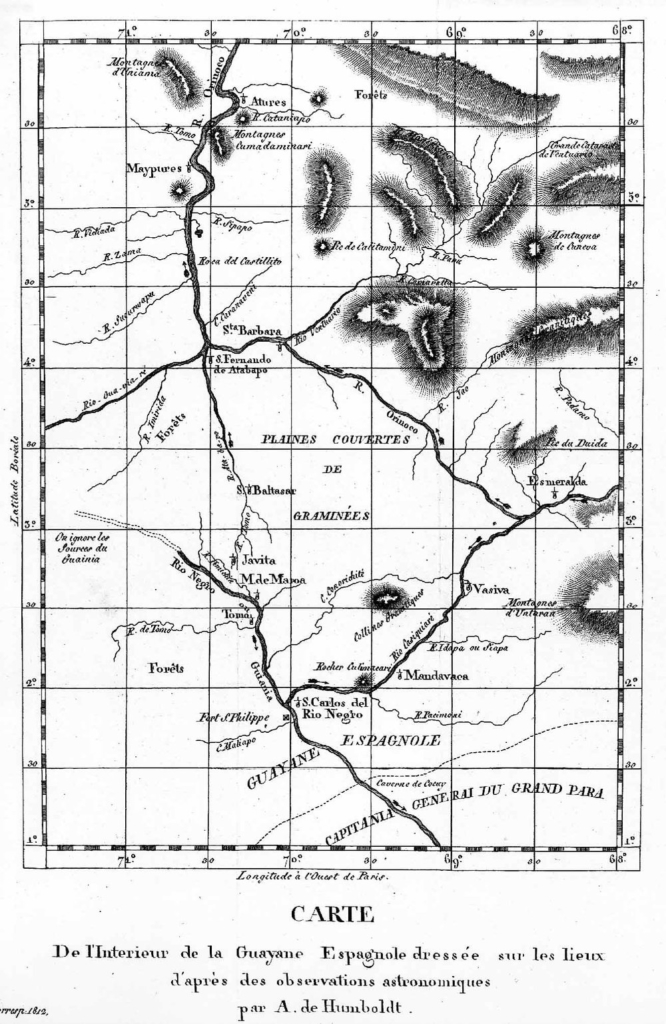
REFERENCE: http://www.gutenberg.org/ebooks/7014

